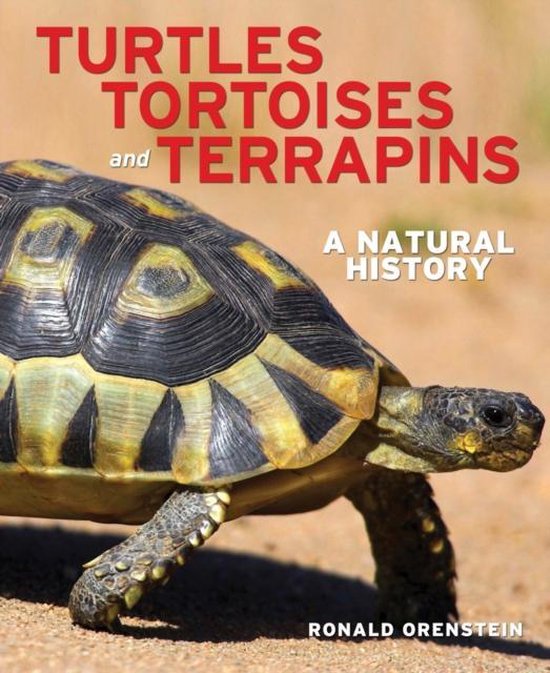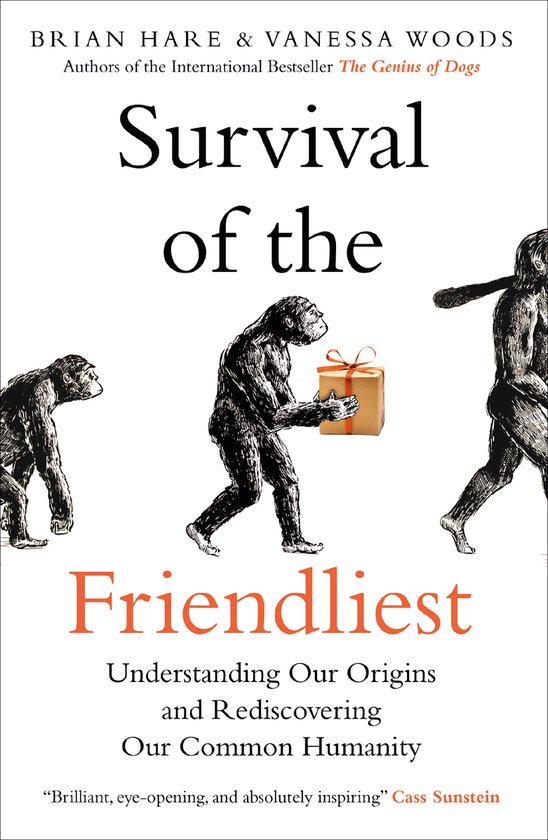
Bonobos
Draws from cutting-edge science to illustrate the central role that bonobos play in testing hypotheses relating to the processes by which evolution shapes primate (including human) cognition.
The bonobo, along with the chimpanzee, is one of our two closest living relatives. Their relatively narrow geographic range (south of the Congo River in the Democratic Republic of Congo) combined with the history of political instability in the region, has made their scientific study extremely difficult. In contrast, there are dozens of wild and captive sites where research has been conducted for decades with chimpanzees. Because data sets on bonobos have been so hard to obtain and so few large-scale studies have been published, the majority of researchers have treated chimpanzee data as being representative of both species. However, this misconception is now rapidly changing. With relative stability in the DRC for over a decade and a growing community of bonobos living in zoos and sanctuaries internationally, there has been an explosion of scientific interest in the bonobo with dozens of high impact publications focusing on this fascinating species. This research has revealed exactly how unique bonobos are in their brains and behavior, and reminds us why it is so important that we redouble our efforts to protect the few remaining wild populations of this iconic and highly endangered great ape species.
The bonobo, along with the chimpanzee, is one of our two closest living relatives. Their relatively narrow geographic range (south of the Congo River in the Democratic Republic of Congo) combined with the history of political instability in the region, has made their scientific study extremely difficult. In contrast, there are dozens of wild and captive sites where research has been conducted for decades with chimpanzees. Because data sets on bonobos have been so hard to obtain and so few large-scale studies have been published, the majority of researchers have treated chimpanzee data as being representative of both species. However, this misconception is now rapidly changing. With relative stability in the DRC for over a decade and a growing community of bonobos living in zoos and sanctuaries internationally, there has been an explosion of scientific interest in the bonobo with dozens of high impact publications focusing on this fascinating species. This research has revealed exactly how unique bonobos are in their brains and behavior, and reminds us why it is so important that we redouble our efforts to protect the few remaining wild populations of this iconic and highly endangered great ape species.
| Auteur | | Onbekend |
| Taal | | Engels |
| Type | | Hardcover |
| Categorie | | Wetenschap & Natuur |




